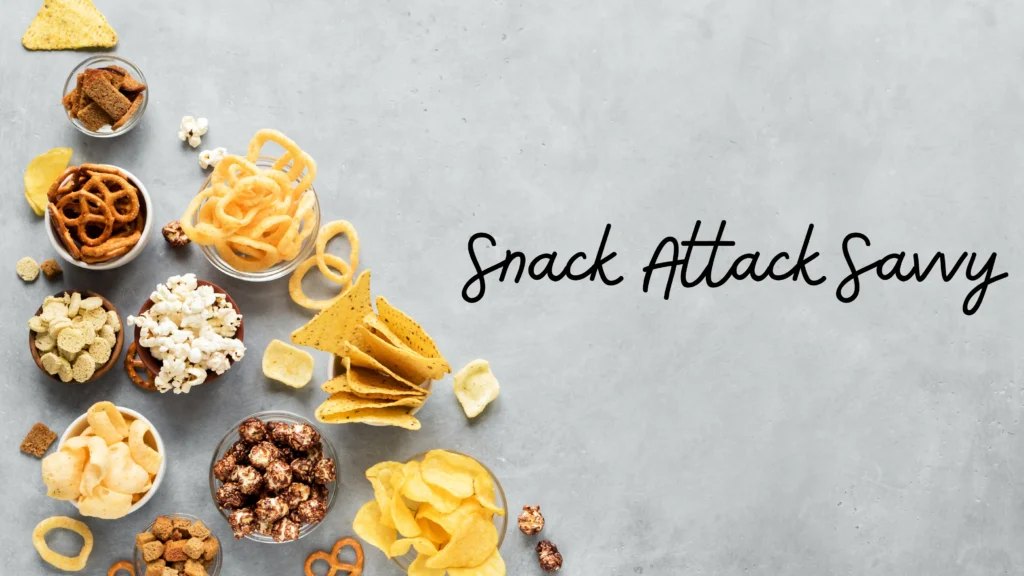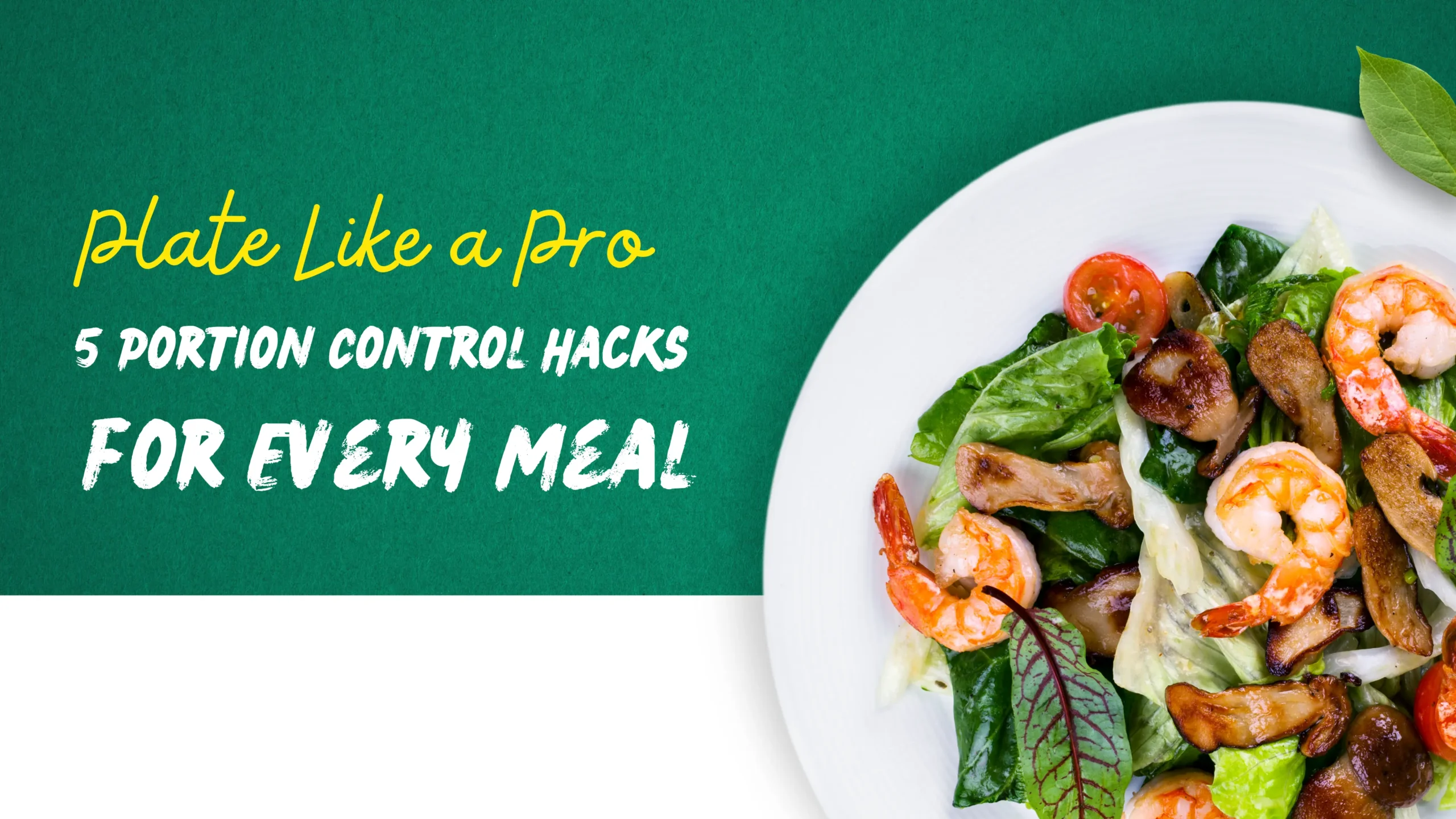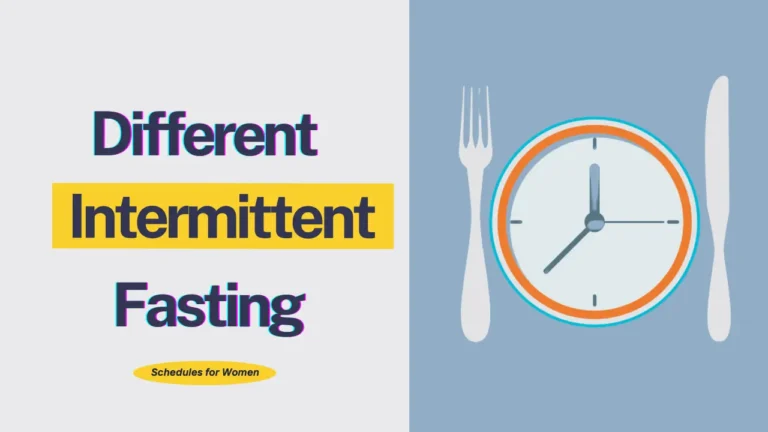Plate Like a Pro – 5 Portion Control Hacks for Every Meal
Introduction:
Maintaining a healthy diet and weight management both hinge on one key thing: portion control. In a world where huge servings reign, nailing portion control is a must for your overall health. Moreover, this article dives into five awesome tricks to totally own your plate at every meal. Firstly, you’ll discover cool tactics like using smaller plates and cups. Secondly, being savvy about second helpings is crucial. Additionally, decoding those sneaky food labels is a game-changer. Ultimately, these tips are all about giving you the power to make mindful choices about how much you eat.
Hack 1: Know Your Sizes:

Demystifying Measurement: Visual Guides for Perfect Portions
Visual guides can be incredibly helpful in understanding and maintaining perfect portion sizes. For example, using your hand as a guide for portion control, dividing your plate into sections based on different food groups, and being mindful of serving sizes can all contribute to a better understanding of portion control [1][2].
Plate Power: Choosing the Right Dinnerware for Portion Control
Opting for smaller plates, bowls, and glasses during meals can play a big role in how much you eat. When you serve food on these smaller dishes, it creates the visual effect of a fuller plate while actually holding less. It’s a straightforward but powerful way to keep your portion sizes in check and prevent overeating [1][2].
The Palm & Fist Rule: Your Body’s Built-in Measuring Tools
Your body can be a built-in measuring tool for portion control. For instance, using your palm to estimate protein portions, your fist to gauge vegetable portions, and your thumb to measure fat portions can be a practical and convenient way to manage your food intake. These simple tricks can be especially useful when precise measuring tools are not available [1][2].
Takeaway
Visual guides, smaller dinnerware, and using your body as a measuring tool are practical strategies for achieving perfect portion sizes and promoting effective portion control.
Hack 2: Half it and Conquer:
The Magic of 50/50: Filling Your Plate with Purpose
Focus on dividing your meals into equal halves, with one half consisting of non-starchy vegetables and the other half containing lean protein and whole grains [3].
Veggie Bonanza: Prioritizing Produce for Fiber and Feeling Full
Transform your meal by giving vegetables the spotlight—fill half your plate with these nutritious powerhouses! Packed with fiber and low in calories, they work wonders in keeping you feeling full and completely satisfied [4].
Protein Partners: Choosing Lean and Balanced Portions
Pair lean protein sources with whole grains and healthy fats to create a balanced meal that keeps you full and satisfied [3].
Takeaway
Optimize your meals by adopting the 50/50 rule, filling half your plate with non-starchy vegetables for fiber, and the other half with lean protein, whole grains, and healthy fats for a balanced and satisfying meal.
Hack 3: Snack Attack Savvy:

Portioning Pointers for Mindful Munching
Snacking smart means paying attention to portions. Instead of diving into a bag or box mindlessly, take a moment to consider serving sizes. Additionally, mindful munching helps avoid overeating and makes snacking a more conscious choice.
Snack Stash Smarts: Prepping Healthy and Portable Portions
Preparing healthy and portable portions in advance can help individuals make smarter snacking choices. Additionally, by portioning out snacks into individual servings, it becomes easier to grab a healthy option on the go and avoid overeating [4].
Outsmarting the Cravings: Healthy Alternatives to Satisfy Your Sweet Tooth
Satisfying that sweet tooth without diving into a sugar overload? Totally doable! Try swapping in some healthier options. Fruits, yogurt, or a nibble of dark chocolate are ace choices—they tackle cravings without tipping the scale on portions [3].
Takeaway
Smart snacking involves mindful portioning, prepping healthy choices, and opting for alternatives to satisfy cravings.
Hack 4: Liquid Control:

Beyond the Beverage: Understanding Hidden Calories in Drinks
Keeping an eye on the calories in what you drink is key when it comes to managing portion control. Additionally, some drinks like sodas or sweetened coffees pack in more calories than you might realize, sneaking into your intake. Therefore, knowing the calorie content of different beverages empowers you to make smarter choices, ultimately keeping your overall calorie intake in check [3].
Hydration Hacks: Sipping Smart for Optimal Health
Managing what you drink plays a significant role in maintaining good health. However, while hydration is crucial, it’s easy to overlook the fact that some drinks contain hidden extra calories [3].
Therefore, practicing portion control becomes essential. Opting for zero-calorie or low-calorie options such as water or unsweetened tea is beneficial because it allows you to stay hydrated without consuming excessive calories. Making intelligent choices about what you sip enables you to maintain proper hydration while simultaneously monitoring your calorie intake [3].
Ditch the Sugary Sips: Choosing Flavorful and Low-Calorie Alternatives
Sugary drinks can contribute to excessive calorie intake and may not provide the same level of satiety as solid foods. Choosing flavorful and low-calorie alternatives, such as infused water or sparkling water, can help satisfy thirst without adding extra calories. By making simple swaps, individuals can reduce their overall calorie intake and better manage their weight [3].
Takeaway
Choose low-calorie drinks to manage overall calorie intake and support weight management.
Hack 5: Mindful Meals:

Slow Down and Savor: The Key to Eating Less and Enjoying More
Eating slowly and savoring each bite can help prevent overeating by allowing the body to recognize feelings of fullness [5].
Distractions are Detrimental: Focus on Your Food for Portion Control Success
Focusing on the food without distractions, such as electronic devices, can help individuals be more aware of their eating habits and prevent overconsumption [5].
Listen to Your Body: Recognizing Cues for When to Stop Eating
Paying attention to the body’s cues for hunger and fullness is essential for knowing when to stop eating. This can help prevent overeating and promote better portion control [5].
Takeaway
Eating slowly, avoiding distractions, and listening to your body’s cues for hunger and fullness are essential practices for preventing overeating and promoting better portion control.
Conclusion
In the journey towards a healthier lifestyle, mastering portion control emerges as a pivotal tool. Firstly, by integrating simple yet powerful strategies like using visual guides, dividing meals mindfully, and understanding the impact of beverages, this approach fosters a deeper connection with our bodies and the food we consume. Moreover, embracing portion control isn’t just about the quantity of what we eat; it’s about forging a mindful relationship with food. By savoring meals, minimizing distractions, and tuning into our body’s cues, we empower ourselves to make informed, balanced choices that prioritize well-being. Ultimately, by incorporating these portion control hacks into our daily lives, we unlock the potential for sustained health and a harmonious relationship with food.








I was recommended this website by my cousin I am not sure whether this post is written by him as nobody else know such detailed about my difficulty You are wonderful Thanks
Wonderful web site Lots of useful info here Im sending it to a few friends ans additionally sharing in delicious And obviously thanks to your effort
I sincerely appreciate that the website’s creator provided this amazing piece of writing here.
I just could not depart your web site prior to suggesting that I really loved the usual info an individual supply in your visitors Is gonna be back regularly to check up on new posts